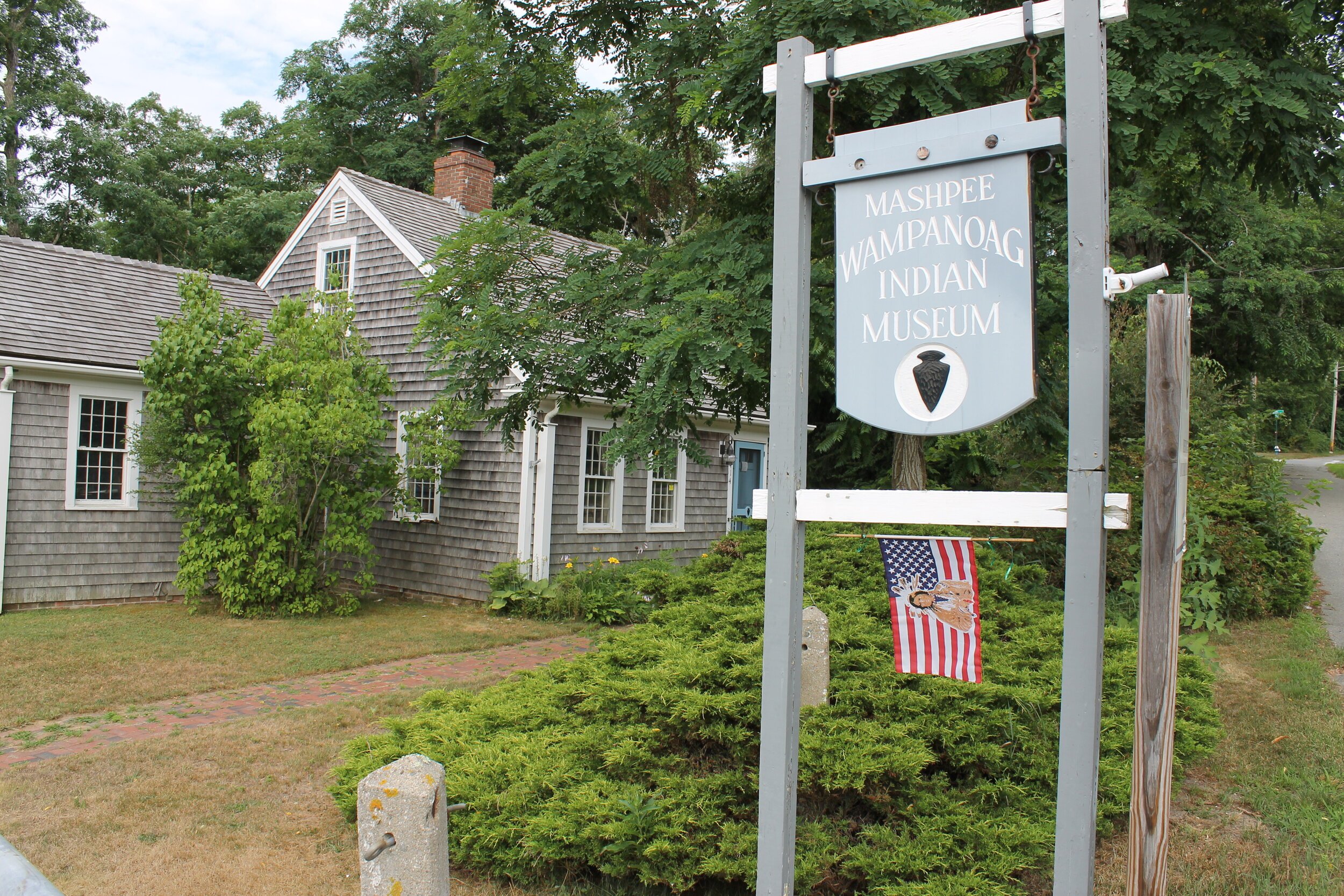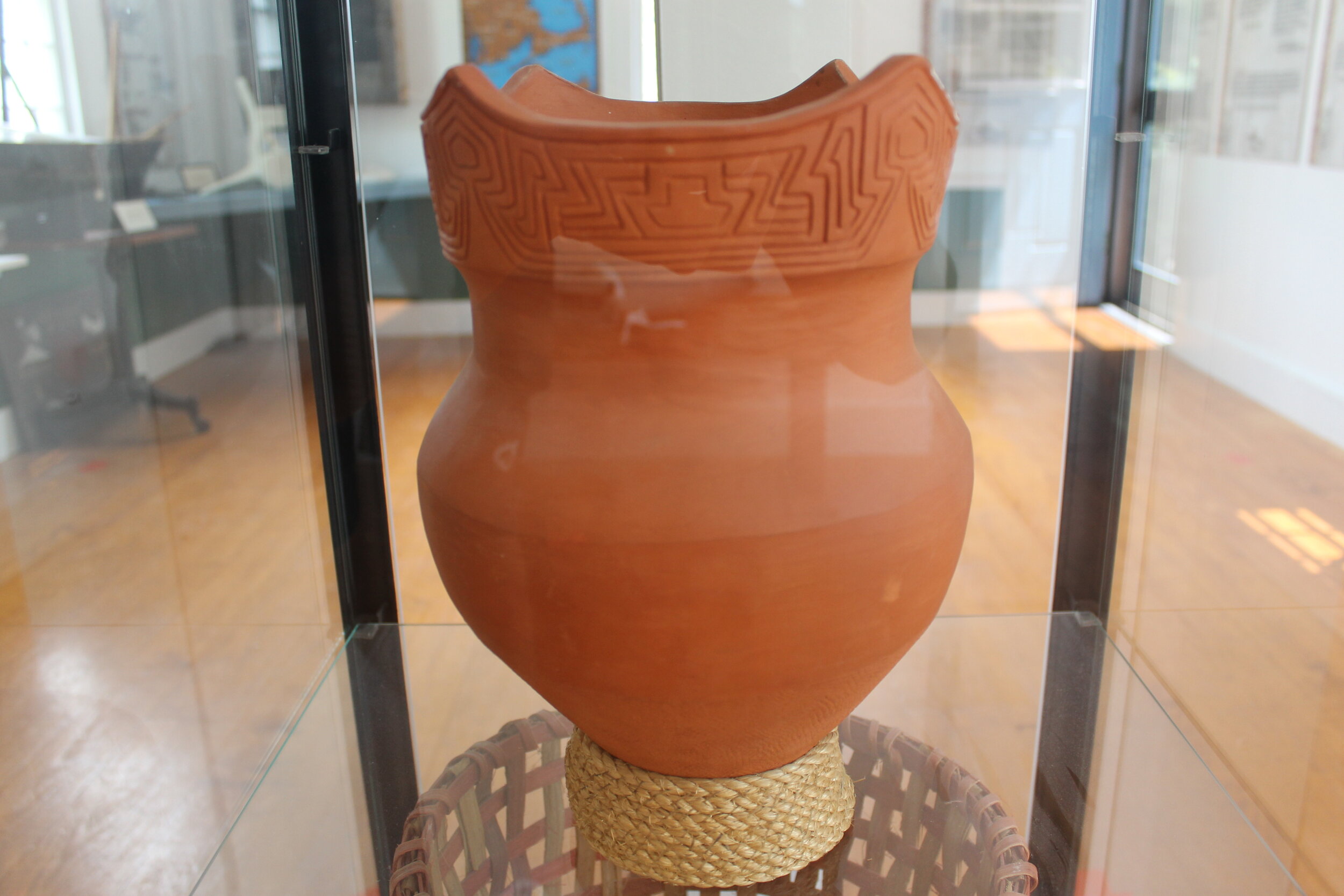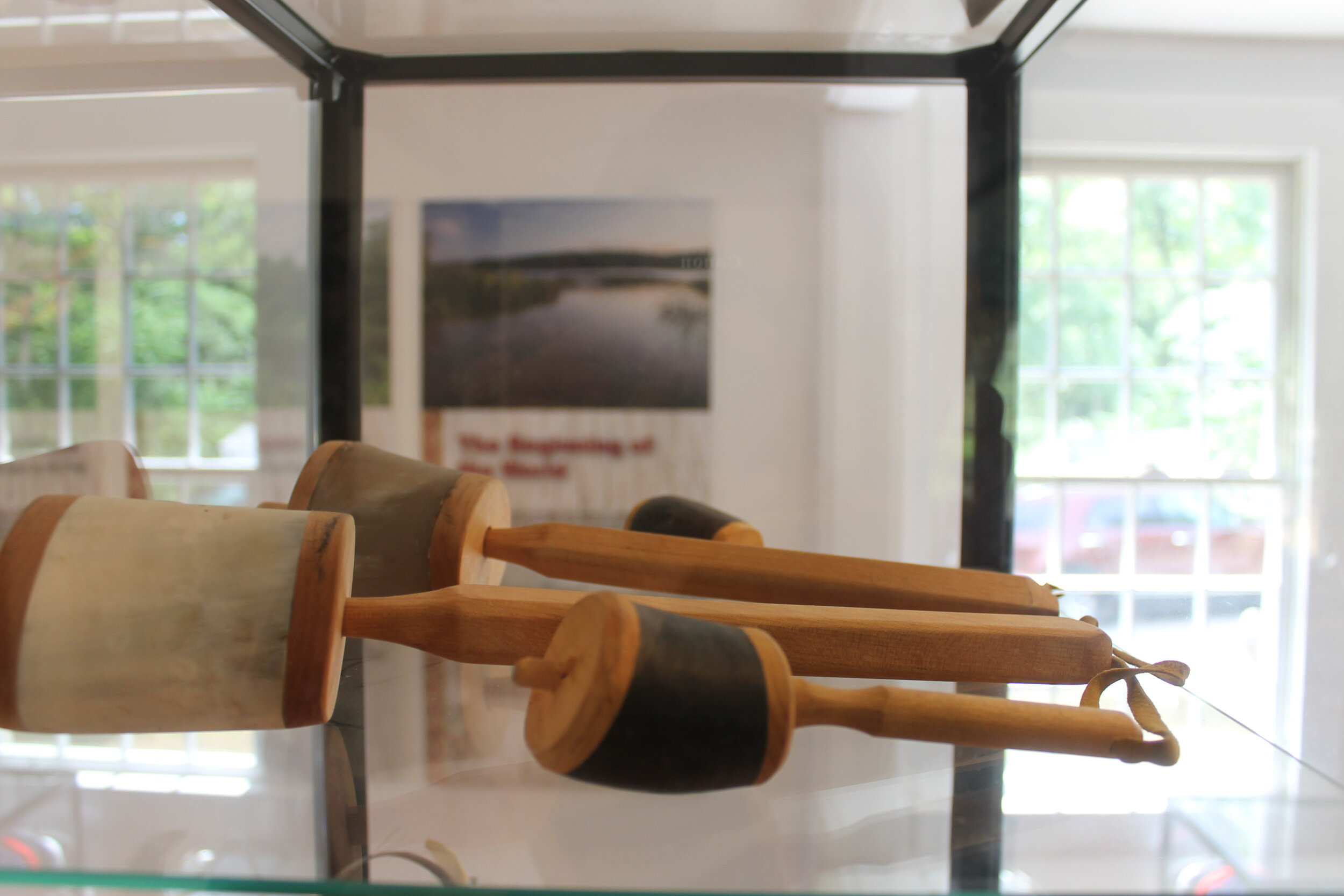





In a normal summer, hundreds of tourists and guests would have streamed through the small Mashpee Wampanoag Indian Museum off Route 130. This is not a normal summer. The Museum had planned to open its doors at the end of July. However, a recent outbreak of Covid-19 in the community prompted the Tribe to delay opening the Museum a few weeks. Additional details and an opening date will be announced soon.
David W. Weeden, the Mashpee Wampanoag Tribe’s historic preservation officer, said that before the pandemic, six tour buses had approached the museum to schedule group tours.
But in 2020—when the museum planned to commemorate the fourth centennial of the Mayflower landing in what is now Provincetown, just 24 miles from what is now the Town of Mashpee—the pervading health crisis means the museum’s newest exhibit will remain closed until at least August, Mr. Weeden said.
The arrival of the Mayflower on Wampanoag land in November 1620 and the subsequent colonization of Plymouth Colony is a crux of American history.
“The impact it had upon Wampanoag people is a story only Wampanoag people can truly tell,” Mr. Weeden said in a statement on the museum exhibit. “The story itself is difficult to tell; colonization is a delicate matter that we approach in a mature comprehensive way for all age groups and English-language capabilities.”
The exhibit titled “400 Years Ago” begins with panels depicting the physical and cultural landscape of the Wampanoag homelands that stretched the length of present-day Cape Cod, west as far as Providence, Rhode Island, north past Boston to the Merrimack River and included both Martha’s Vineyard and Nantucket.
An estimated 100,000 Wampanoag people spread between 69 different villages inhabited the land before 1600, said Linda Coombs, a Wampanoag historian and member of the Wampanoag Tribe of Gay Head (Aquinnah).
Swathed in marshes, ocean and beaches, rivers, swamps and meadows, the Wampanoag people lived in a state of equilibrium with the environment, Ms. Coombs said.
“These are places that our ancestors knew well. The job of humans was to keep everything as it was created by the Creator,” she said.
“Our people, the Wampanoag, kept the balance of Creation for at least 14,000 years,” the exhibit states. “In contrast, the Europeans perceived this as a land of opportunity to be used and exploited for the resources.”
After conjuring an image of the Wampanoag way of life before colonization, the exhibit progresses to the colonial era and the landing of the Mayflower in 1620.
European contact brought with it “the Great Dying,” a disease that killed tens of thousands of indigenous people. The COVID-19 pandemic pales in comparison to the deadliness the Great Dying wrought upon the Wampanoag people, Ms. Coombs said.
“Whole villages were wiped out. There weren’t even people left to bury them,” she said.
The colonial era also saw the kidnapping and enslavement of Wampanoag people, many of whom were shipped hundreds of miles by sea, never to return to their homelands.
“They were shipping people out of here left and right,” Ms. Coombs said.
The exhibit notes the prevalence of female leadership among the Wampanoag people and the cultural knowledge that the Native people shared with the Pilgrims.
The exhibit concludes with King Philip’s War in 1675—a moment described in the statement by Mr. Weeden as “the point at which the balance of power completely shifted to English favor”—and the words “We are still here.”
“It’s been a long difficult history, and I think the bottom line is I see all of us having survived because we never forgot who we are,” Ms. Coombs said of the Wampanoag people.
Ms. Coombs wrote and designed the exhibit in conjunction with Paula and Steven Peters, a Wampanoag mother-son duo who run the marketing company SmokeSygnals.
By Ryan Spencer | Mashpee Enterprise


